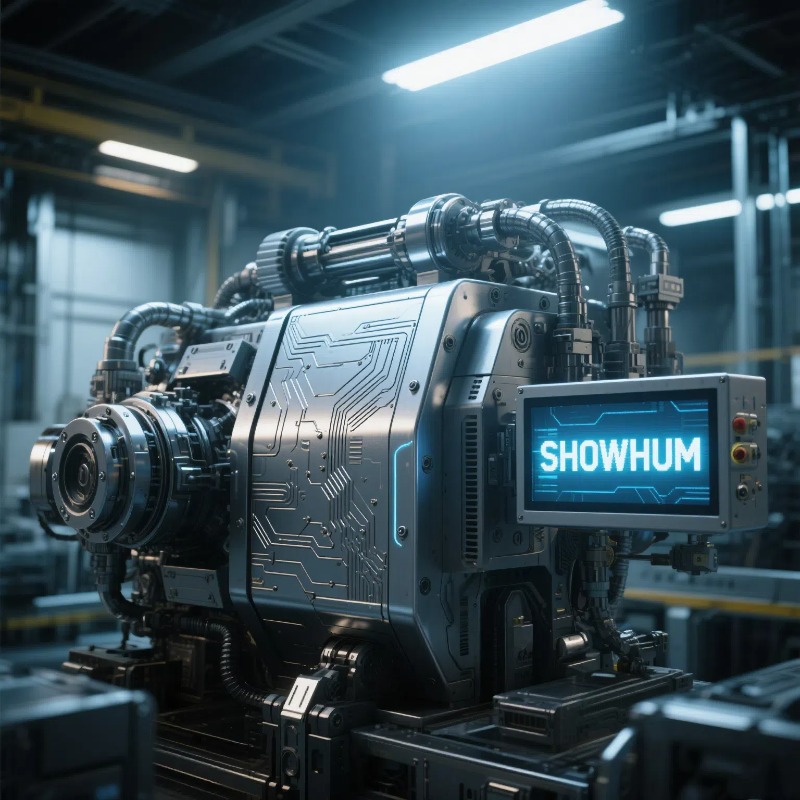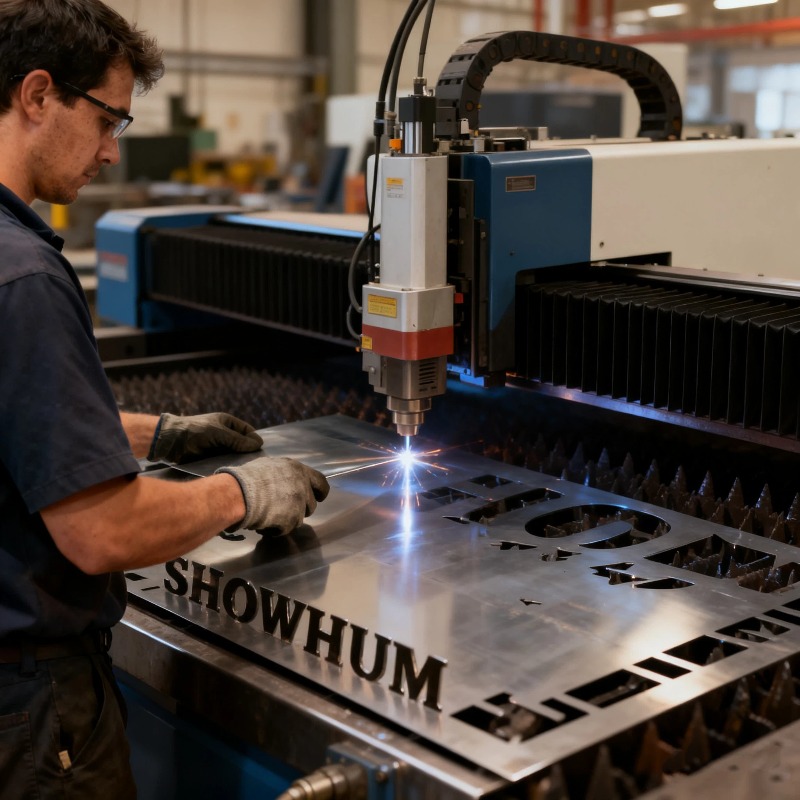
In recent years, automation has become a game-changer for the mechanical manufacturing industry. It refers to the use of advanced technologies, such as robotics and computer-controlled systems, to perform tasks that were traditionally done by humans. Automation is not just improving productivity; it's also enhancing product quality, reducing costs, and increasing workplace safety.
At the core of this transformation is robotics. Robots are now used extensively in the mechanical manufacturing sector to perform repetitive tasks, such as assembly, welding, and painting. They are also used in processes like material handling and packaging. Robots can work faster and more precisely than humans, and they don’t suffer from fatigue, making them an invaluable asset in high-volume production environments.
Another form of automation is programmable logic controllers (PLCs). These computerised systems control machinery and production processes, allowing for greater control and flexibility. With PLCs, manufacturers can change the parameters of a production line with just a few clicks, enabling them to adapt quickly to changing customer demands or market conditions.
CNC machines have also been at the forefront of manufacturing automation. These machines are programmed to perform precise tasks with minimal human intervention. CNC machining centres can produce complex components quickly and efficiently, making them ideal for industries that require high precision, such as medical device manufacturing.
One of the main advantages of automation is its ability to reduce human error. With fewer manual interventions, there’s less chance for mistakes, which ultimately improves the overall quality of the product. This is particularly important in industries like automotive manufacturing, where small defects can lead to costly recalls or safety concerns.
Automation also enhances safety by reducing the need for human workers to be exposed to hazardous tasks or dangerous working conditions. Automated machines can take on jobs that are physically demanding or risky, allowing humans to focus on more strategic tasks.
4. The Impact of Industry 4.0 on Mechanical Manufacturing
The rise of Industry 4.0 is transforming the mechanical manufacturing sector. This new industrial revolution is characterised by the integration of digital technologies into manufacturing processes, creating "smart factories" where machines, systems, and workers are interconnected. The main goal of Industry 4.0 is to improve efficiency, reduce costs, and create more flexible and responsive production environments.
At the heart of Industry 4.0 is the Internet of Things (IoT), which enables machines and devices to communicate and share data in real-time. This interconnectedness allows manufacturers to monitor production processes remotely and receive instant feedback on machine performance, product quality, and supply chain status. With IoT, companies can optimise their operations and reduce downtime by predicting when machines are likely to fail or require maintenance.

Another key aspect of Industry 4.0 is the use of big data and analytics. With the vast amount of data generated by machines and sensors, manufacturers can analyse patterns and trends to optimise their processes. For example, predictive maintenance algorithms can analyse data from sensors to identify signs of wear and tear before they cause a failure, allowing companies to perform maintenance at the most cost-effective time.
The integration of artificial intelligence (AI) is also a critical feature of Industry 4.0. AI systems can process large volumes of data quickly, providing valuable insights and helping manufacturers make data-driven decisions. In the future, AI could even be used to design products or optimise production schedules without human intervention.
Moreover, augmented reality (AR) is playing an increasing role in training, maintenance, and design. With AR, workers can access real-time information about the machines they are working on, helping them perform tasks more efficiently. In design, AR enables engineers to visualise and manipulate product models in a virtual space before any physical prototypes are made.
 Sheet Metal Fabrication: Precision, Durability, and Versatility for Industrial Applications
Sheet Metal Fabrication: Precision, Durability, and Versatility for Industrial Applications
Sheet Metal Fabrication: Precision, Durability, and Versatility for Industrial Applications